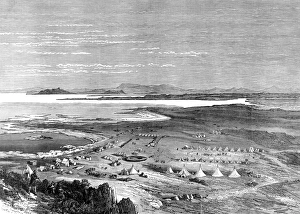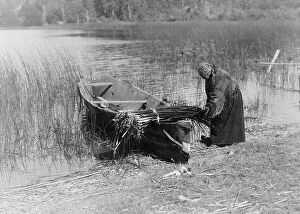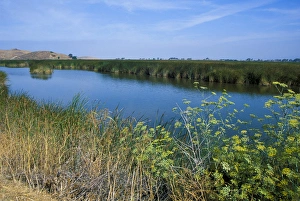Tule Collection
Tule, a versatile plant deeply rooted in the history and culture of various indigenous communities across America
All Professionally Made to Order for Quick Shipping
Tule, a versatile plant deeply rooted in the history and culture of various indigenous communities across America. From the Modoc War to the serene Lake Tule, this resilient plant has left its mark. In Tu Le, Yen Bai, Vietnam, tule takes on a different form as it adorns terraces with its vibrant greenery. A picturesque sight that showcases nature's beauty. The majestic Tule Elk roams freely in Point Reyes National Seashore, California. These magnificent creatures symbolize strength and grace as they navigate their natural habitat. Speaking of Point Reyes National Seashore, Native Americans once paddled tule reed boats on San Francisco Bay. This ancient practice connected them to their ancestral waters and showcased their ingenuity. Santa Maria del Tule in Oaxaca, Mexico boasts an extraordinary attraction - the Tule Tree. With its massive trunk engraved by time itself, it stands tall as a testament to nature's wonders. Traveling back in time to 1910 Cowichan territory reveals a native woman diligently gathering tules for her community's needs. The resourcefulness of these tribes is evident as they utilized tules for building materials. Not only were tules used for construction purposes but also provided wetlands teeming with life for Ohlone Costanoan tribes. These lush habitats served as crucial ecosystems supporting diverse flora and fauna. As we delve into these captivating images (Picture No. 10898838) (Picture No. 10898837), let us appreciate the significance of tules throughout history – connecting cultures and sustaining livelihoods through generations past and present.














